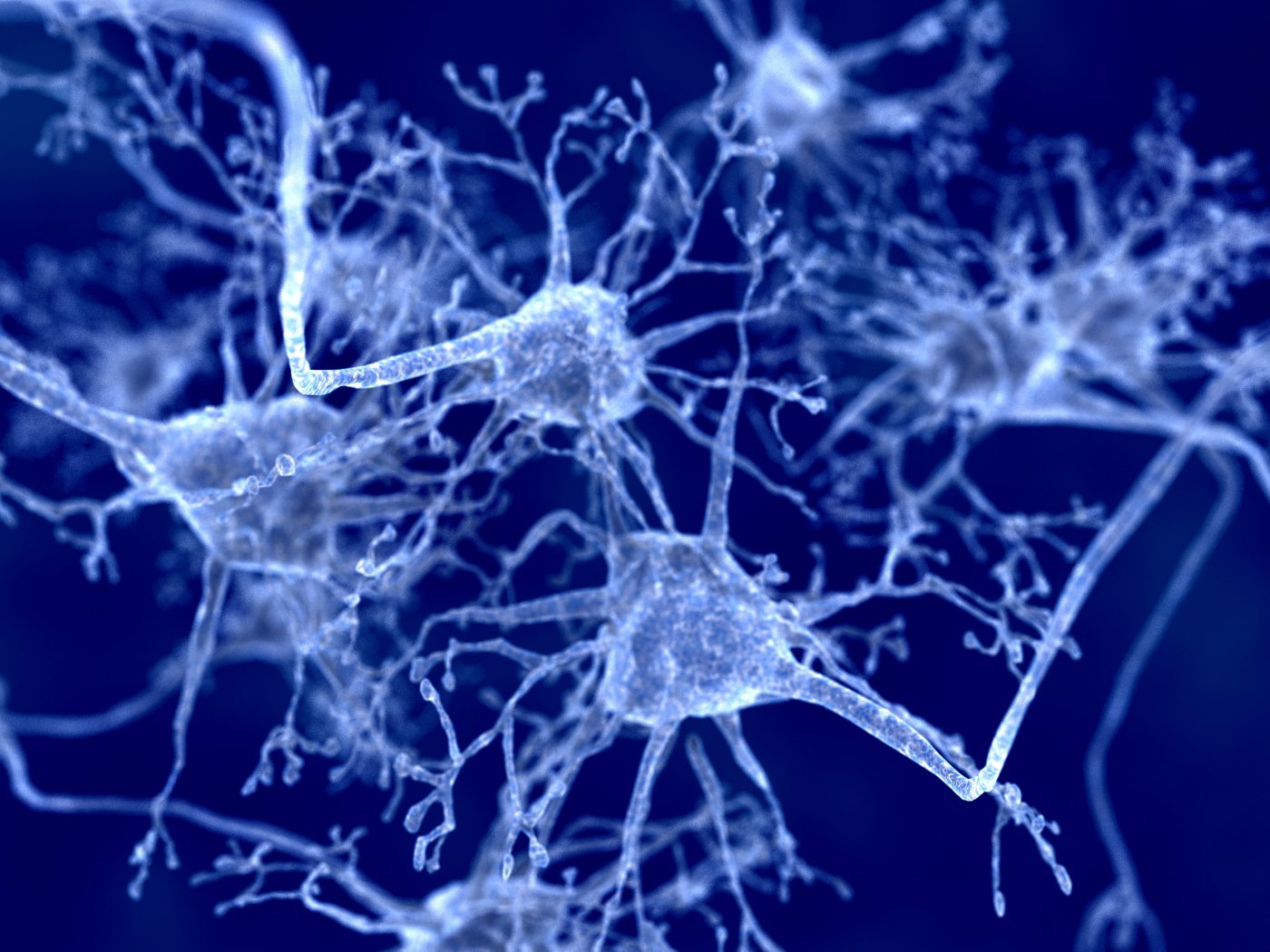Older Lupus Patients Are More Prone to Developing a Form of the Disease Affecting Limbs, Study Reports
Written by |

Older lupus patients may be at risk of developing a form of the disease that affects arms and legs, according to a study.
The most common manifestation of the peripheral nervous system form of system lupus erythematosus, known as PNS-SLE, is polyneuropathy, or damage to the nerves that control the arms, hands, legs and feet.
Researchers published their study in the journal Autoimmunity Reviews. It was titled “Peripheral nervous system involvement in systemic lupus erythematosus: Prevalence, clinical and immunological characteristics, treatment and outcome of a large cohort from a single centre,”
Lupus can affect either the central nervous system or the peripheral nervous system. The central nervous system form is called CNS-SLE. Poor quality of life and higher death rates are associated with PNS-SLE, but little is known about the condition.
To learn more, researchers analyzed the records of 524 lupus patients at a medical facility in Barcelona between March 2014 and December 2015. They wanted to know how many patients had PNS-SLE, treatment methods doctors used and patient outcomes, and variables that could be associated with the form.
Ninety-three patients, or 17.7 percent, had PNS-SLE. Ninety were women. The women’s mean age of diagnosis was 44.8 years, and the average time between a woman being diagnosed with lupus and PNS-SLE was 88 months.
Almost 37 percent of the PNS-SLE patients complained of polyneuropathy. Twenty-four percent had non-compression mononeuropathy, a condition in which a single nerve is damaged. Seven and a half percent had cranial neuropathy, or damage to the nerves in the head. Another 7 1/2 percent had myasthenia gravis, a condition marked by muscle weakness. And 1 percent had Guillain-Barré syndrome, an autoimmune disorder in which the body attacks its own nerves.
Electrodiagnostic tests indicated that 49 patients, or 80.3 percent, had experienced axonal loss. Axons are neuron, or nerve cell, components that pass electrical signals to other neurons.
Doctors had treated 36 patients out of the 90, or 40 percent, with glucocorticoids, immunosuppressant drugs, or a combination of the two. More than 77 percent of the patients had achieved a complete or partial response to treatment, regardless of the kind of PNS-SLE they had.
In addition, the analysis showed that patient who were older when they received a lupus diagnosis and who had no blood-related lupus symptoms were more prone to develop PNS-SLE than other patients.
“PNS‐SLE involvement is not uncommon and sensory‐motor axonal polyneuropathy is the most frequent manifestation,” researchers wrote. “It occurs more frequently in patients who are diagnosed with SLE at older age.”
The team said “studies are needed to establish the true incidence of PNS‐SLE syndromes and the role” that hematological, or blood-related, factors play in the development of this form of lupus.




